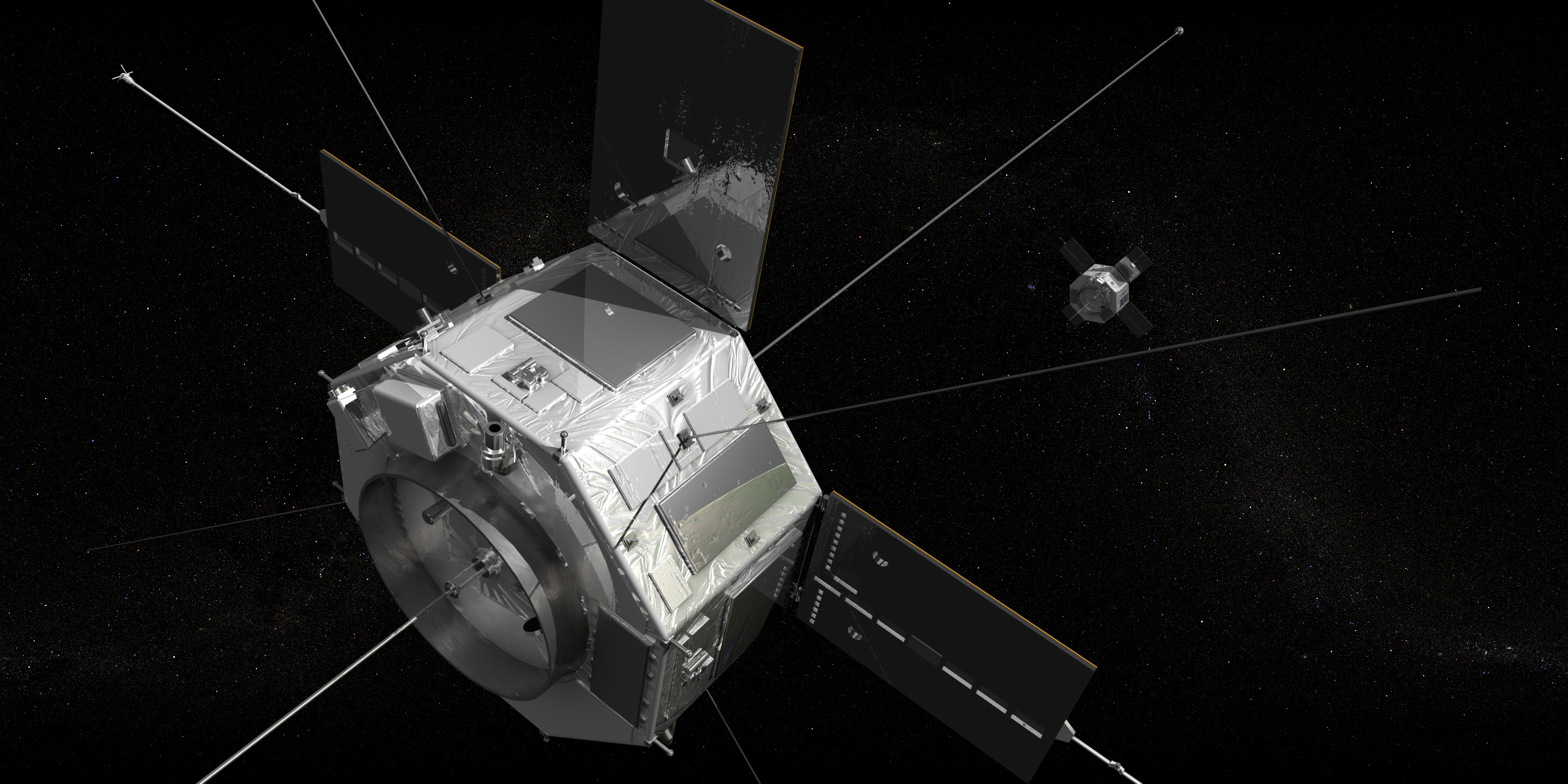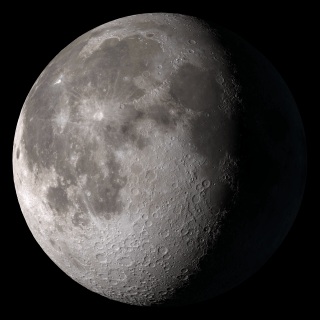Surrounding our planet like vast invisible donuts (the ones with the hole, not the jelly-filled kind) are the Van Allen radiation belts, regions where various charged subatomic particles get trapped by Earth’s magnetic fields, forming rings of plasma. We know that the particles that make up this plasma can have nasty effects on spacecraft electronics as well as human physiology, but there’s a lot that isn’t known about the belts. Two new satellites scheduled to launch on August 23 August 24 will help change that.
“Particles from the radiation belts can penetrate into spacecraft and disrupt electronics, short circuits or upset memory on computers. The particles are also dangerous to astronauts traveling through the region. We need models to help predict hazardous events in the belts and right now we are aren’t very good at that. RBSP will help solve that problem.”
– David Sibeck, RBSP project scientist, Goddard Space Flight Center
NASA’s Radiation Belt Storm Probes (RBSP) mission will put a pair of identical satellites into eccentric orbits that take them from as low as 375 miles (603 km) to as far out as 20,000 miles (32,186 km). During their orbits the satellites will pass through both the stable inner and more variable outer Van Allen belts, one trailing the other. Along the way they’ll investigate the many particles that make up the belts and identify what sort of activity occurs in isolated locations and across larger areas.
“Definitely the biggest challenge that we face is the radiation environment that the probes are going to be flying through,” said Mission Systems Engineer Jim Stratton at APL. “Most spacecraft try to avoid the radiation belts — and we’re going to be flying right through the heart of them.”
Read: The Van Allen Belts and the Great Electron Escape
Each 8-sided RBSP satellite is approximately 6 feet (1.8 meters) across and weighs 1,475 pounds (669 kg).
The goal is to find out where the particles in the belts originate from — do they come from the solar wind? Or Earth’s own ionosphere? — as well as to find out what powers the belts’ variations in size and gives the particles their extreme speed and energy. Increased knowledge about Earth’s radiation belts will also help in the understanding of the plasma environment that pervades the entire Universe.
Read: What Are The Radiation Belts?
Ultimately the information gathered by the RBSP mission will help in the design of future science and communications satellites as well as safer spacecraft for human explorers.
The satellites are slated to launch aboard a United Launch Alliance Atlas V rocket from Cape Canaveral Air Force Station no earlier than 4:08 a.m. EDT on August 24.
Find out more about the RBSP mission here.
Video/rendering: NASA/GSFC.


